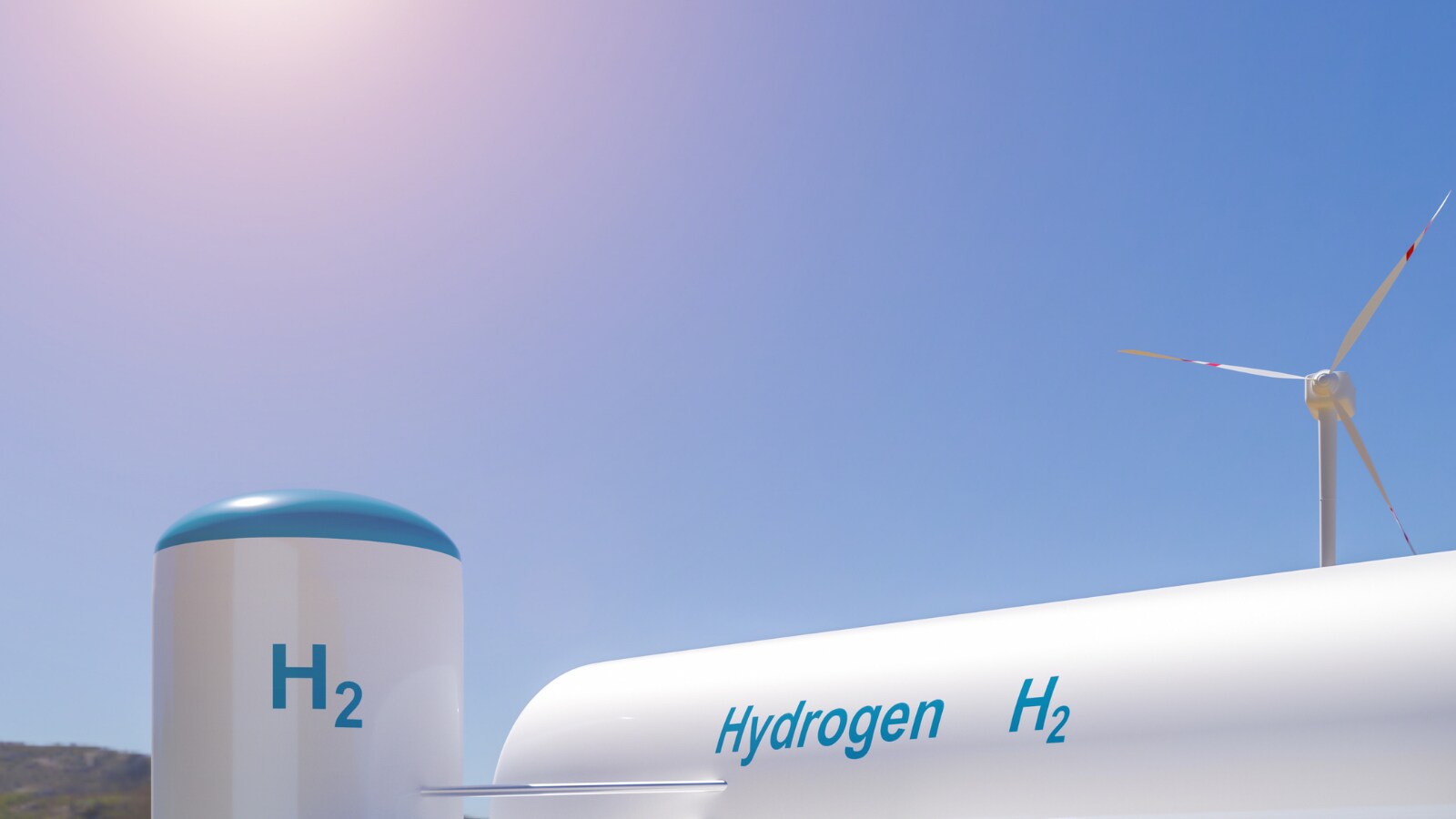

Separation and liquefication of nearly two million tons CO 2 annually from the hydrogen production.Planning, building and operating a Gigawatt scale plant in Rostock, with a projected annual hydrogen production capacity in excess of 230,000 tons, corresponding to 8 to 9 TWh which is nearly 20 percent of the current German hydrogen market.Direct imports of low-carbon hydrogen and low-carbon ammonia from Norway for the German hydrogen market.Equinor and VNG share the belief that collaboration across industries and nations are necessary to lift the large-scale hydrogen and CCS-projects that are needed to ensure low-carbon energy and feedstocks in the future. The ambition is to use technologies to capture, utilize or transport and safely store CO 2 offshore at an industrial scale.īy producing the low-carbon hydrogen, the carbon footprint will be reduced by more than 95 percent compared to hydrogen from unabated natural gas (grey hydrogen). The two companies have agreed to evaluate options for producing low-carbon hydrogen on the Baltic Sea coast, specifically in Rostock. Low-carbon hydrogen can be produced in large quantities comparatively quickly, which means that the hydrogen demand expected by industry can be met quickly. The project could be in operation by 2028 and supply low-carbon hydrogen from Eemshaven in the Netherlands to the biggest steel plant in the Ruhr area in Germany.Ĭurrently the project and all partners are focusing on developing the appropriate policies and regulatory framework to bring it to a robust business case. The year after a feasibility study was conducted with the steel producer Thyssenkrupp Steel Europe (tkSE) to develop a suitable concept to supply low-carbon hydrogen to the largest German steelworks in Duisburg. It highlighted the high potential to generate and transport blue hydrogen to German industrial clusters such as in North Rhine-Westphalia.

The H2morrow project was initiated back in 2018 through a joint study between Equinor and Open Grid Europe (OGE), the largest transmission grid operators in Germany. The low-carbon hydrogen will be provided by the H2M Eemshaven facility in the Netherlands. Hydrogen from natural gas and combined carbon capture and storage, so called ‘low-carbon hydrogen’, will be key in decarbonizing hard-to-abate sectors such as cement, steel and other type of heavy industries and transport. In 2021 the German gas transport system operator Thyssengas joint the the consortium as associated member to complement the expertise in the infrastructure planning in the Ruhr area. Hydrogen will be a key contribution to sustainable development, because in the future it may be produced in virtually unlimited quantities using renewable energy sources.Įquinor, Open Grid Europe (OGE) and Thyssenkrupp Steel Europe (tkSE) have been working on a suitable concept for the generation and transport of low-carbon hydrogen to the largest German steelworks in Duisburg since 2019.Hydrogen is often produced using natural gas, which involves the removal of hydrogen from hydrocarbons at very high temperatures.The electrolysis of water (H 2O) is a simple method of producing hydrogen.The combustion product of hydrogen is clean, consisting of water and small amounts of nitrogen oxides.Hydrogen has a strategic importance in the pursuit of a low-emission, environmentally-benign, cleaner and more sustainable energy system.Stored hydrogen, for example, can be used directly as a fuel or to generate electricity. Yet hydrogen offers several key benefits that increase its potential to replace fossil fuels. Like electricity, hydrogen is an energy carrier – not a source of energy.At standard temperature and pressure, hydrogen is a colourless, odourless, tasteless, non-toxic, highly combustible gas, with the highest specific energy content of all conventional fuels.Hydrogen is the lightest chemical element in the periodic table and the most abundant element in the universe.


 0 kommentar(er)
0 kommentar(er)
